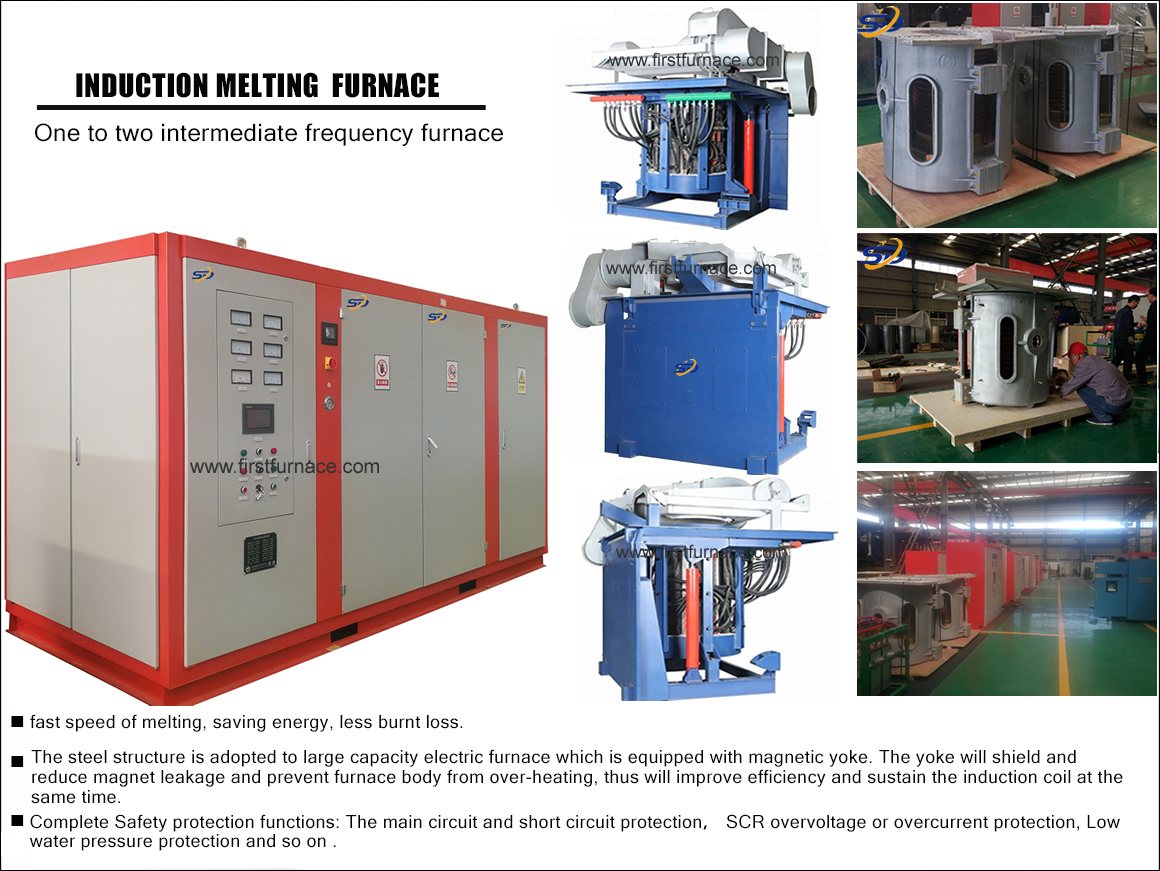Sales hot line ( 24 hours service): 18037961302
E-Mail: firstfurnace@gmail.com
whatsapp:+8618037961302
Adress: Luoxin Industrial Park, Luoyang, HenanLarge diameter steel pipe quen
Piston rod quenching and tempe
Grinding rod quenching and tem
High frequency induction heate
Quenching equipment for machin
Round steel end heating furnac
Steel pipe heat treatment prod
Square steel quenching and tem
Sucker rod quenching and tempe
Thickened petroleum steel pipe
Round steel quenching and temp
Steel pipe quenching and tempe
Steel plate quenching and temp
Induction Hardening Machine&nb
Flywheel ring gear high freque
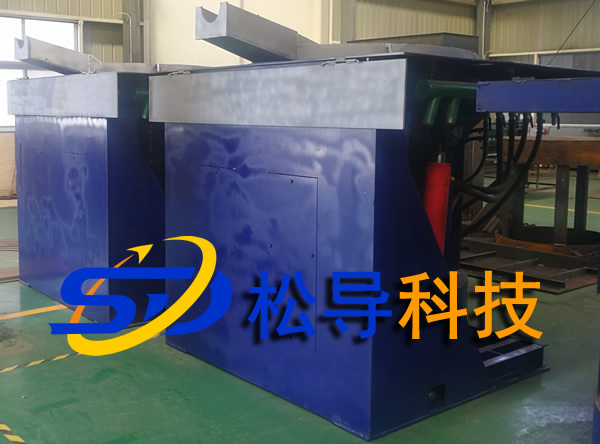
Medium frequency induction furnace repair method common fault
1. Preparation before maintenance
1.1 The tools required for maintenance are: multimeter, 20 megabit or more double trace oscilloscope, electric iron, screwdriver, wrench, etc.
1.2 The information required for maintenance is: technical data on electrical drawings and instructions for medium frequency frequency induction heating furnace .
1.3 Before maintenance, you should first understand the fault phenomenon of the medium frequency frequency induction heating furnace , what happens when the fault occurs, and check the records of the equipment.
1.4 Prepare some vulnerable and commonly used components.
2. Maintenance of common faults
2.1 Fault phenomenon:
The medium frequency frequency induction heating furnace cannot be started. Only the DC current meter has an indication when starting, and there is no indication of the DC voltage and the intermediate frequency voltmeter.
Fault Analysis and Processing: This is one of the most common failure phenomena, which may be caused by:
The inverter trigger pulse has a pulse phenomenon - check the inverter pulse with an oscilloscope (preferably in the thyristor
Check on AK) If there is a missing pulse, check if there is a bad contact or open circuit in the connection, and if there is a pulse output in the front stage.
The inverter SCR breakdown - replacing SCR, the SCR damage and check the reason (for reasons see later damaged SCR SCR FAILURE ANALYSIS).
Capacitor breakdown - remove the damaged capacitor pole.
The load has a short circuit and grounding phenomenon - the short circuit point and the grounding point are excluded.
The IF signal sampling loop has an open or short circuit phenomenon - use an oscilloscope to observe the waveform of each signal sampling point , or use a multimeter to measure the resistance value of each signal sampling loop to find the open or short point.
Failure phenomenon:
Start-up is more difficult. After startup, the IF voltage is twice as high as the DC voltage, and the DC current is too large. Fault Analysis and Handling: The causes of this failure are:
The inverter circuit has a thyristor damage - when the inverter circuit has a thyristor damage, the induction furnace frequently when also start, but after starting the above symptoms appear, replace the damaged SCR, And check the cause of the damage .
IF signal sampling circuit has an open circuit or wrong polarity phenomenon - for this reason the use of multi-line obliquity method, the intermediate frequency signal open circuit voltage or polarity reversal frequency voltage signal at the time of repair other faults, this will result in failure phenomenon.
The inverter leads to the front angle shifting circuit and the fault occurs - the load of the intermediate frequency power supply is capacitive, that is, the current leads the voltage. In the sampling control circuit, a phase shifting circuit is designed, which may also be caused if the phase shifting circuit fails.
Fault phenomenon
Difficult to start, the DC voltage can only rise to 400V after starting, and the reactor vibrates greatly and the sound is dull. Fault analysis and processing: This fault is a three-phase full-controlled rectifier bridge fault, the main reasons are:
Rectifier thyristor open circuit, breakdown, soft breakdown or electrical parameter performance degradation - use an oscilloscope to observe the tube voltage drop waveform of each rectifier thyristor, find the damaged thyristor and replace it. When the damaged thyristor breaks down, the tube voltage drop waveform is a straight line; when the voltage is softened, the voltage rises to a certain line, and the waveform changes when the voltage rises to a certain value when the electrical parameter drops. If the above phenomenon occurs, the DC current will be interrupted, causing the reactor to vibrate.
2.3.2 Missing a set of rectification trigger pulses - use the oscilloscope to check each trigger pulse separately (preferably on the thyristor), and when checking the loop without pulse, use the backstepping method to determine the fault location and replace the damaged device. . When this phenomenon occurs, the output wave head of the DC voltage lacks a wave head, causing current interruption, which causes this malfunction.
Fault phenomenon
It can be started, but it will stop immediately after starting, and the medium frequency frequency induction heating furnace is in constant restart state.
Fault analysis and processing: This fault is a medium frequency frequency induction heating furnace fault in the sweeping mode . The reason is:
The front angle of the inverter is too small, and the restart is caused by the failure of the commutation after starting--using the oscilloscope to observe the intermediate frequency voltage waveform and adjust the front angle of the inverter appropriately.
The load oscillating frequency signal is at the edge of its excitation sweep frequency signal range - re-adjusting the sweep range of its excitation sweep frequency.
Fault phenomenon
After the medium frequency frequency induction heating furnace is started, when the power rises to a certain value, the medium frequency frequency induction heating furnace overcurrent protection action sometimes burns the thyristor component and restarts, and the phenomenon remains the same. Fault analysis and processing: This fault phenomenon is generally caused by the following two reasons:
Inverter thyristor water-cooled jacket has a reduced water or heat dissipation effect - replace the water-cooled jacket. Sometimes it is sufficient to observe the water output and pressure of the water jacket, but often due to water quality problems, a layer of scale is attached to the wall of the water jacket, because scale is an object with poor thermal conductivity, although there is enough water flow. However, because the scale is isolated, its heat dissipation effect is greatly reduced. The method of judging is: running the power at a power lower than the overcurrent value for about ten minutes, quickly stopping the machine, and quickly touching the core of the thyristor element by hand after stopping, if the hand feels hot, the fault is caused by Caused by this.
Poor contact and disconnection of the connecting line of the tank road - check the connecting line of the tank, and handle it as appropriate according to the actual situation. When there is poor contact or disconnection in the connecting line of the tank, the fire will rise after a certain value rises, which affects the normal operation of the medium frequency frequency induction heating furnace , which leads to the protection action of the medium frequency frequency induction heating furnace . Sometimes a transient overvoltage occurs across the thyristor due to a fire. If the overvoltage protection action is too late, the thyristor component will burn out. This phenomenon often occurs when overvoltage and overcurrent occur simultaneously.
Fault phenomenon
The medium frequency frequency induction heating furnace has no reaction at the start, and it is observed that the phase loss indicator on the control circuit board is on. Fault analysis and processing: This fault phenomenon is more obvious and is caused by the following reasons:
Fast-blow blown--General fast-blow fuses have blown indications. You can judge whether the fuses are blown by observing their indications, but sometimes because the fast-acting fuses are used for too long or quality reasons, no indication or indication is unclear. It must be measured with a multimeter after power off. The treatment method is: replace the fast fuse and analyze the cause of the blow. There are two reasons why a fast fuse is generally blown:
The medium frequency frequency induction heating furnace operates under the condition of long time high power and large current, which causes the fast fuse to generate heat and fuses the fuse core.
A fault in the rectifier control circuit causes an instantaneous large current surge. The rectifier circuit should be checked.
The rectified load or the intermediate frequency load is short-circuited, causing an instantaneous large current surge, burning the fast fuse and checking its load circuit.
The contact of the main switch is burned out or the front-end power supply system has a phase loss fault - measure the line voltage of each stage with the multimeter's AC voltage file to determine the fault location.
Fault phenomenon
When the medium frequency frequency induction heating furnace is running, the DC current reaches the rated value, but the DC voltage and the intermediate frequency voltage are low. The oscilloscope observes the middle frequency voltage waveform, the waveform is normal and the front angle of the inverter is normal.
Fault analysis and processing: The fault phenomenon does not belong to the intermediate frequency power supply fault, but is caused by the low impedance of the load, and the load impedance must be readjusted.
In the circuit of boosting load, because the damage of the series compensation capacitor is removed, it is not replaced, or the compensation power is increased without any control, and the compensation amount of the load is overcompensated, which will cause the fault phenomenon. . The solution is to readjust the compensation amount of the compensation capacitor so that the intermediate frequency induction heating furnace can operate at the rated power.
The sensor has a short circuit between the turns - if the sensor has a short circuit between the turns, the impedance of the load will also decrease, causing this malfunction. There are two possibilities for short circuit between turns:
The copper tube of the inductor is directly shorted
The fixed bakelite column of the sensor is severely carbonized. Due to the conductive property of the carbon, the carbonized bakelite between the inductors causes the direct connection between the turns to cause short circuit between the turns of the inductor.
The solution is to eliminate the short circuit between turns.
Fault phenomenon
When the medium frequency frequency induction heating furnace is running, the DC voltage and the intermediate frequency voltage are all up to the rated value, but the DC current is small and the power is low. Fault Analysis and Handling: This fault phenomenon is contrary to the cause of the “2.7” fault phenomenon due to the high load impedance.
The compensation amount of the load compensation capacitor is insufficient - increase the compensation capacitor.
The contact resistance of the connecting line of the tank (load LC oscillation circuit) is too large - due to the long-term use of the medium frequency frequency induction heating furnace , the connection of the copper strip of the tank is affected by dust, which increases the contact resistance, resulting in The impedance of the load increases and this failure occurs.
Fault phenomenon
The medium frequency frequency induction heating furnace is operating normally, and the direct current indication is too high. If the current is set to the rated value, the voltage is too low, and the indicated value of the power meter does not match the DC voltage DC current, which was consistent with the previous one.
Fault Analysis and Processing: This fault phenomenon is somewhat similar to the "2.7" fault phenomenon, but it is different. The reason for the fault is that the indication of the DC ammeter is inaccurate, which creates an illusion and mistakenly believes that the current is large.
The cause of this failure is more subtle and difficult to find. If you analyze it carefully, you can find that the indicated value of power does not match the product of voltage and current, indicating that the displayed value of the meter may be incorrect.The voltage value can be calibrated using the multimeter's DC voltage file. The current value can be corrected by measuring the incoming current with a clamp ammeter and multiplying by 0.816. If it does not match, the ammeter indication is not accurate.
The value of the DC ammeter is taken from the 75mV voltage signal generated by the shunt. Under the condition of long service life and harsh environment, there is dirt or oxidation between the wiring and the shunt on the shunt, and the contact resistance increases. , the voltage generated on the shunt is increased, greater than 75mV, causing the indication of the DC ammeter to be too large.
The treatment is to treat the dirt and oxide layer between the shunt and its wiring.
Fault phenomenon
The medium frequency frequency induction heating furnace is operating normally, but there is no reaction after starting the machine, and there is no protection indication. Fault analysis and processing: There are two possibilities for this type of fault:
The IF start switch is broken - the IF start switch is grounded at the intermediate frequency stop position (connected to the closed point of the switch). If the switch is broken, the ground state cannot be turned on. The medium frequency frequency induction heating furnace is in the protection state, so there is no response at startup. Solution: Replace the IF start switch.
Protection circuit failure - as described in the "Control Circuit Schematic", the integrated circuit IC4 generates heat during operation and causes this failure. Solution: Heat the IC4 integrated circuit or add a heat sink.
In a given circuit, a given signal is interrupted - in a given circuit, somewhere in the signal given process is open, making it impossible to phase shift the rectified pulse, which can also cause this malfunction. Treatment method: The reverse circuit is used to check the given circuit.
Fault phenomenon
Frequent burnout of the thyristor components, and the replacement of the new thyristor, immediately burned out.
Fault analysis and processing: This is a fault phenomenon that makes people more troublesome and difficult to repair. SCRs are expensive, and burnt thyristors are hard to guard against, so be careful when repairing such faults. When we analyzed the fault "2.5", we introduced a reason for burning out the thyristor. In addition to this, there are the following reasons:
When the thyristor is in reverse correlation, the instantaneous glitch voltage withstand reverse voltage is too high - in the main circuit of the intermediate frequency power supply, the instantaneous reverse glitch voltage is absorbed by the RC absorption circuit. If the resistors and capacitors in the snubber circuit are open, the instantaneous reverse glitch voltage will be too high to burn out the thyristor. In the case of power failure, use a multimeter to measure the resistance of the absorption resistor and the capacity of the absorption capacitor to determine whether the resistance-capacitance absorption circuit has failed.
The load-to-ground insulation is reduced - the insulation of the load circuit is reduced, causing the load to ignite between the grounds, disturbing the triggering time of the pulse or forming a high voltage across the thyristor, burning out the thyristor components.
Pulse Trigger Loop Fault - If the trigger pulse is suddenly lost during the operation of the intermediate frequency induction heating furnace , it will cause an inverse open circuit, and the output of the intermediate frequency power supply will generate high voltage, which will burn out the thyristor components. This type of fault is generally caused by inverter pulse formation and output circuit failure. It can be inspected by an oscilloscope. It may also be that the inverter pulse lead is in poor contact. You can shake the wire connector by hand to find the fault location.
Intermediate frequency induction furnace open load during operation - When the power frequency induction furnace is running, if a sudden load is in an open state, a high pressure will burn at the output thyristors.
Frequency induction furnace in a load short circuit during operation - When the power frequency induction furnace at run time, if the load suddenly is short-circuited, the SCR will have a big impact short-circuit current, if the overcurrent protection operation If it is too late to protect, it will burn out the thyristor components.
Protection system failure (protection failure) - whether the thyristor can be safe, mainly by the protection system to ensure that if the protection system fails, the medium frequency frequency induction heating furnace is a little bit abnormal, it will be crisis to thyristor safety. . Therefore, inspection of the protection system is essential when the thyristor is burned out.
Thyristor cooling system failure - SCR generates a lot of heat during operation, and needs to be cooled to ensure normal operation. Generally, there are two ways to cool the thyristor: one is water cooling and the other is air cooling. . The application of water cooling is more extensive, and air cooling is generally only used for medium frequency frequency induction heating furnaces of less than 100 KW . Usually water cooled
The mode of the intermediate frequency intermediate frequency induction heating furnace is provided with a water pressure protection circuit, and the single is basically the protection of the total inflow water. If a water block occurs in a certain road, it cannot be protected.
Reactor failure - internal ignition of the reactor will cause the current on the inverter side to be interrupted, and high voltage burnout of the thyristor will also occur on the inverter input side. In addition, if the reactor is replaced during maintenance, and the inductance and core area of the reactor are less than the required value, the reactor will burn out the thyristor due to the loss of current due to magnetic saturation during high current operation.
Fault phenomenon
When the medium frequency induction heating furnace is started, when the intermediate frequency start switch is turned on, the main circuit switch protects tripping or overcurrent protection. Fault analysis and processing:
The power adjustment knob is at the highest position - except for the quenching load, other load requirements , the medium frequency induction heating furnace puts the power adjustment knob at the minimum position at the start, if it is no longer the minimum position, it will be overcurrent protection due to the current impact too much or The main circuit switch protects the trip.
Current regulator failure - When the current regulator circuit fails, especially when the current transformer is damaged or the wiring is open, the current feedback suppression is started, and the DC voltage will directly hit the maximum (α angle = 0 degrees), and the DC current will be directly Impact to the maximum, causing overcurrent protection or tripping of the main circuit switch. Solution: Check if the current transformer is damaged; whether the wiring of the current transformer to the circuit board is broken; whether the current regulator part has component damage or open circuit.
Fault phenomenon
The IF transformer burned out, and after the replacement, the medium frequency frequency induction heating furnace still burned the intermediate frequency transformer.
Fault Analysis and Processing: This type of fault is common in medium frequency induction heating furnaces with boost load , mainly due to open circuit of venting and discharging. In the boost load, the voltage across the series capacitor bank and the shunt capacitor bank cannot be absolutely identical. When the two sets of compensation capacitors are discharged, the discharge time is different because the terminal voltage is inconsistent, and the discharge time is high. Slow, and this group of capacitors has not completed the charging process again, and the charging process is started. The DC charge is accumulated on the capacitor bank. These DC charges are released by the discharge feeling. If the discharge is open, the DC current accumulated on the capacitor The load will be released by the intermediate frequency transformer. Because the capacity of the intermediate frequency transformer is very small, it cannot withstand such a large current flow, causing the intermediate frequency transformer to burn out.
Fault phenomenon
In the boost load, the venting sensation heats up or burns out.
Fault analysis and treatment: There are three reasons for causing venting and venting fever:
In the above example failure analysis, if the capacity of the series-parallel group capacitors is very different, the current of the DC charge release will increase, and if the capacity of the discharge and discharge is small, heat will be generated.
Inverter pulse asymmetry - the requirement of the inverter for the inverter pulse is that the two groups of pulses are 180° out of each other. If the inverter pulses are not 180°, the positive and negative half cycles of the inverter output voltage are also inconsistent, resulting in The compensation capacitors are inconsistent in the time of two cycles of charging. If the capacitor is not discharged after a long period of half a week, the capacitor is charged for a short period of half a week, and a certain charge is accumulated on the capacitor. The greater the time difference between the positive and negative half cycles of the inverter voltage, the higher the DC charge, and the greater the current flowing through the discharge and discharge. When the current reaches a certain level, the discharge feeling will cause heat or even burn. Therefore, when the venting and discharging sensation is hot, the symmetry of the inverter pulse must be carefully checked. If the asymmetry is concerned, the cause should be analyzed, and the inverter pulse forming circuit should be checked to solve the asymmetry phenomenon of the inverter pulse. In the inverter pulse forming circuit, the two pulse forming circuits are symmetrical. If there is an asymmetry of the inverter pulse, it may be caused by a change in the capacity of the capacitor or the resistance of the resistor, or it may be caused by a change in the internal parameters of the integrated circuit.
Inverter thyristor has a burnout - when an inverter thyristor burns out, the medium frequency frequency induction heating furnace can often be started. At this time, if you do not pay attention to observe the running state of the medium frequency frequency induction heating furnace , let the medium frequency frequency The induction heating furnace works with disease, and the IF output voltage waveform is a distorted waveform. Through the above analysis, we can see that the current flowing through the discharge and discharge is very large, causing the venting and discharging feeling to be hot or burnt.
3, maintenance skills
In the maintenance of medium frequency induction heating furnaces , we often find that a lot of experience and time are spent in maintenance, and often the last reason is very simple. Such as: connection virtual connection, screw is not fastened, water is broken, a device is burnt out and so on. In order to shorten the repair time, we need to constantly sum up experience during maintenance, diligent observation, but also have some maintenance skills.
Just like doctors seeing patients, in the maintenance of intermediate frequency power, you need to look, smell, ask, and cut the position of the fault.
Hope: Hope is observed frequently in the so-called induction furnace parameters of its instruments at runtime, frequently in induction furnace with or without fever, redness, appearance and other dynamic phenomena gong Si Song, here we introduce the relevant instrument parameters and frequency induction The relationship between the operating state of the furnace . During the operation of the intermediate frequency power supply, there is a close relationship between the three frequency meters, DC voltage and DC current. We can judge whether the intermediate frequency power supply is running normally by observing the parameters of these three meters. We know that the product of DC voltage and DC current is DC power, and the ratio of DC voltage to DC current can reflect the impedance matching state of the load. Such as: 250KW (380V incoming line) intermediate frequency intermediate frequency induction heating furnace , the highest average value of DC voltage is 513V, the highest average value of DC current is 500A, if the intermediate frequency frequency induction heating furnace runs DC voltage reaches 500V, and DC With a current value of 500A, the impedance reaches the best match. If the DC current is less than 500A, the impedance value is high. If the DC current is greater than 500A, the impedance value is low. That is to say: we can see the matching of the load impedance by observing the values of DC current and DC voltage.
The ratio of the DC voltage to the IF voltage reflects the operating state of the inverter, for example: DC voltage is
510V, the intermediate frequency voltage is 700V, the lead angle of the inverter is 36°, we use 700V÷510V=1.37. Generally, the ratio of the intermediate frequency voltage to the DC voltage is between 1.2 and 1.5. We all think that the inverter works normally. If the ratio is less than 1.2, the lead angle is too small, and the inverter is difficult to change phase; if it is 1.5 times larger, the lead angle is too large, there is a possibility that the medium frequency induction heating furnace is faulty; if it is more than twice, the medium frequency frequency induction The furnace is faulty.
Smell: The so-called smell refers to the medium frequency frequency induction heating furnace to listen to its sound during operation. When there is noise in the middle frequency howling, whether the sound is continuous, whether there is dull reactor vibration, and the sound is heard. Wait different from the usual sound.
Q: The so-called question refers to understanding the situation of the medium frequency frequency induction heating furnace in the event of a fault. It should be as detailed as possible when understanding, and also understand the operation status before the failure of the medium frequency frequency induction heating furnace .
Cut: The so-called cut refers to measuring the waveform, voltage, time, angle, resistance and other parameters of each point with an oscilloscope, multimeter and other test instruments to determine the cause of the fault. Never run the MF induction furnacedirectly after finding the fault point , without any inspection, because there are often other deeper causes behind the fault point.
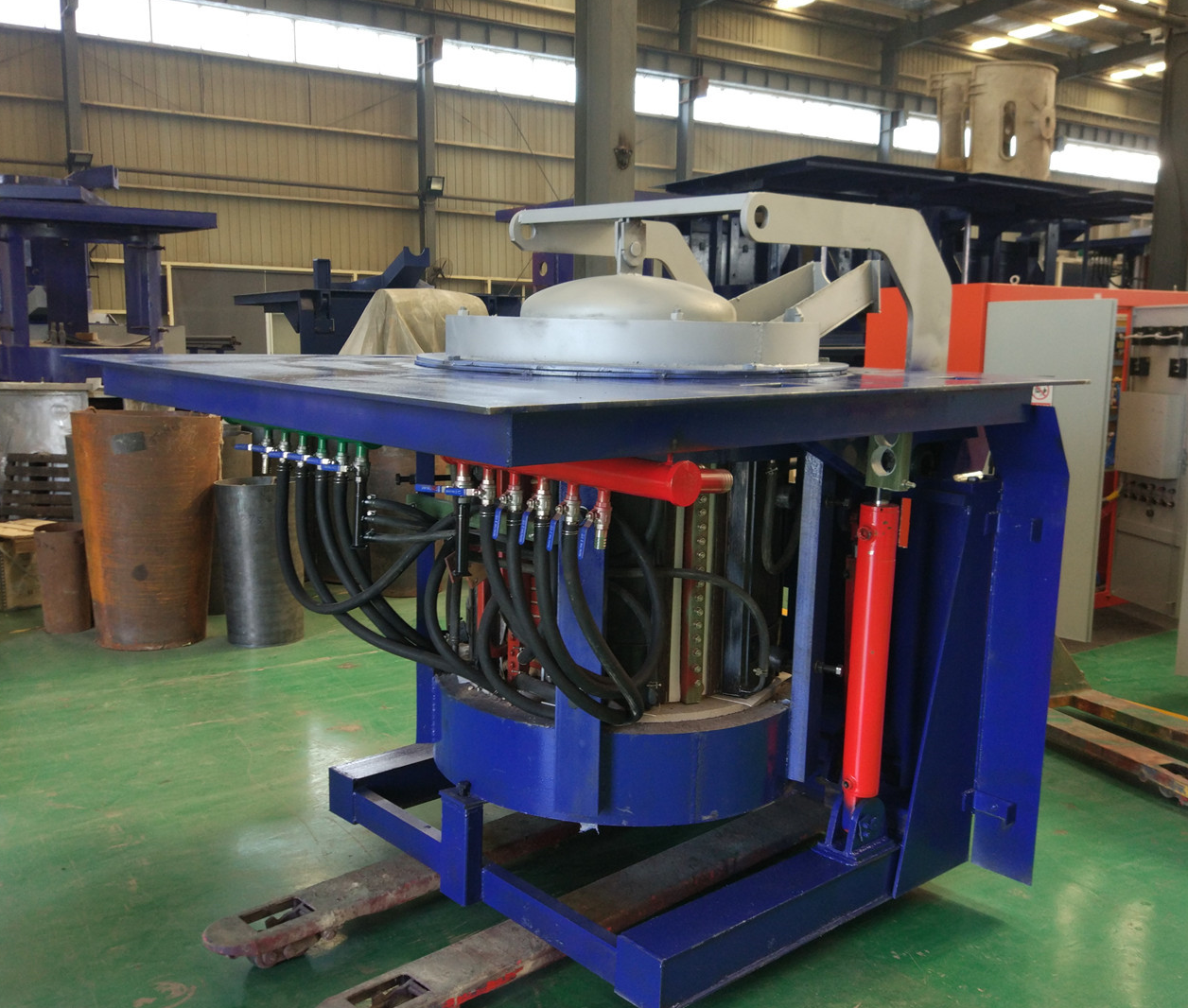
Iron induction furnace
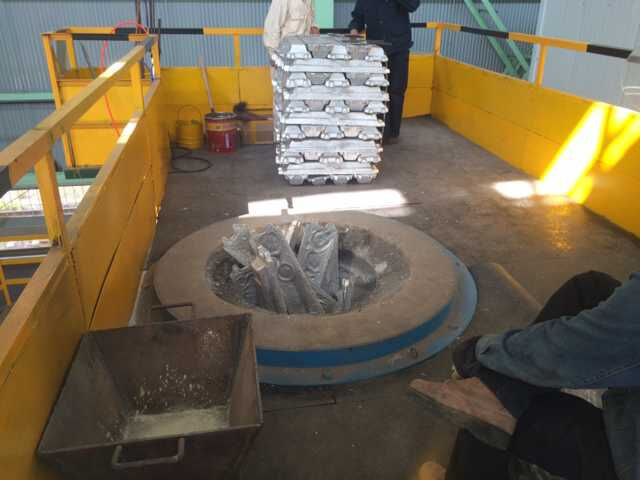
Aluminum melting furnace
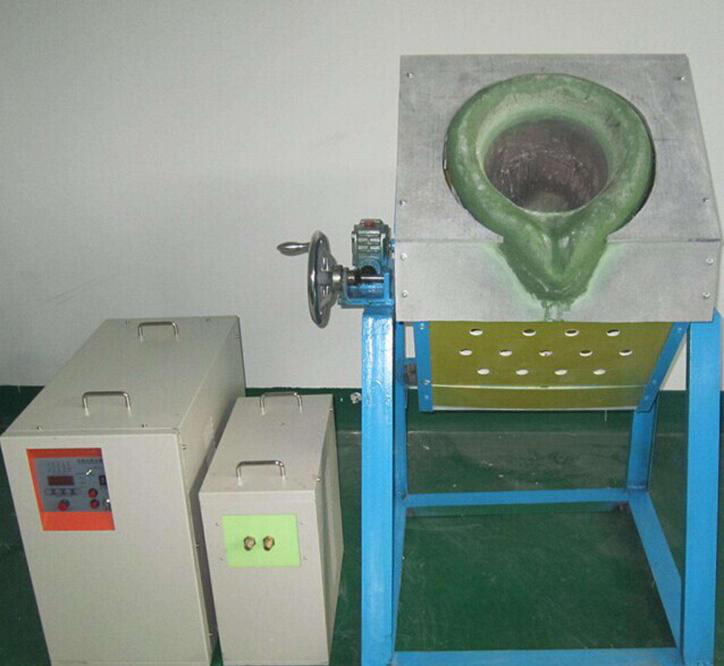
Copper melting furnace
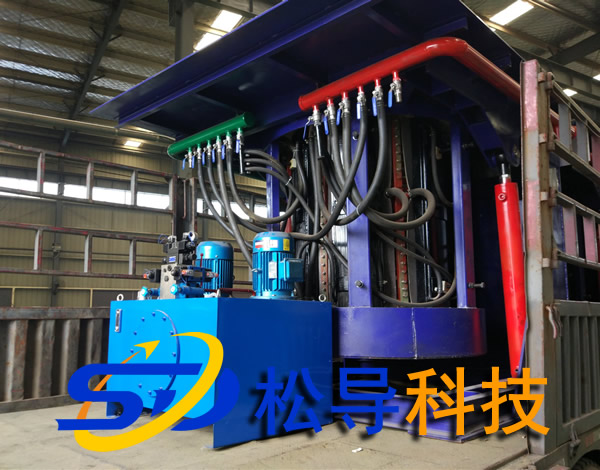
Small steel melting furnace
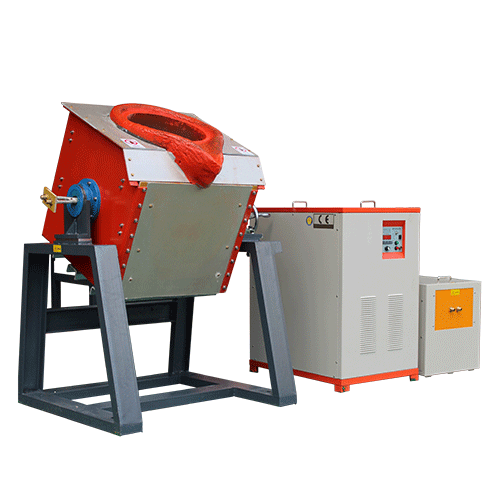
Small induction melting furnace
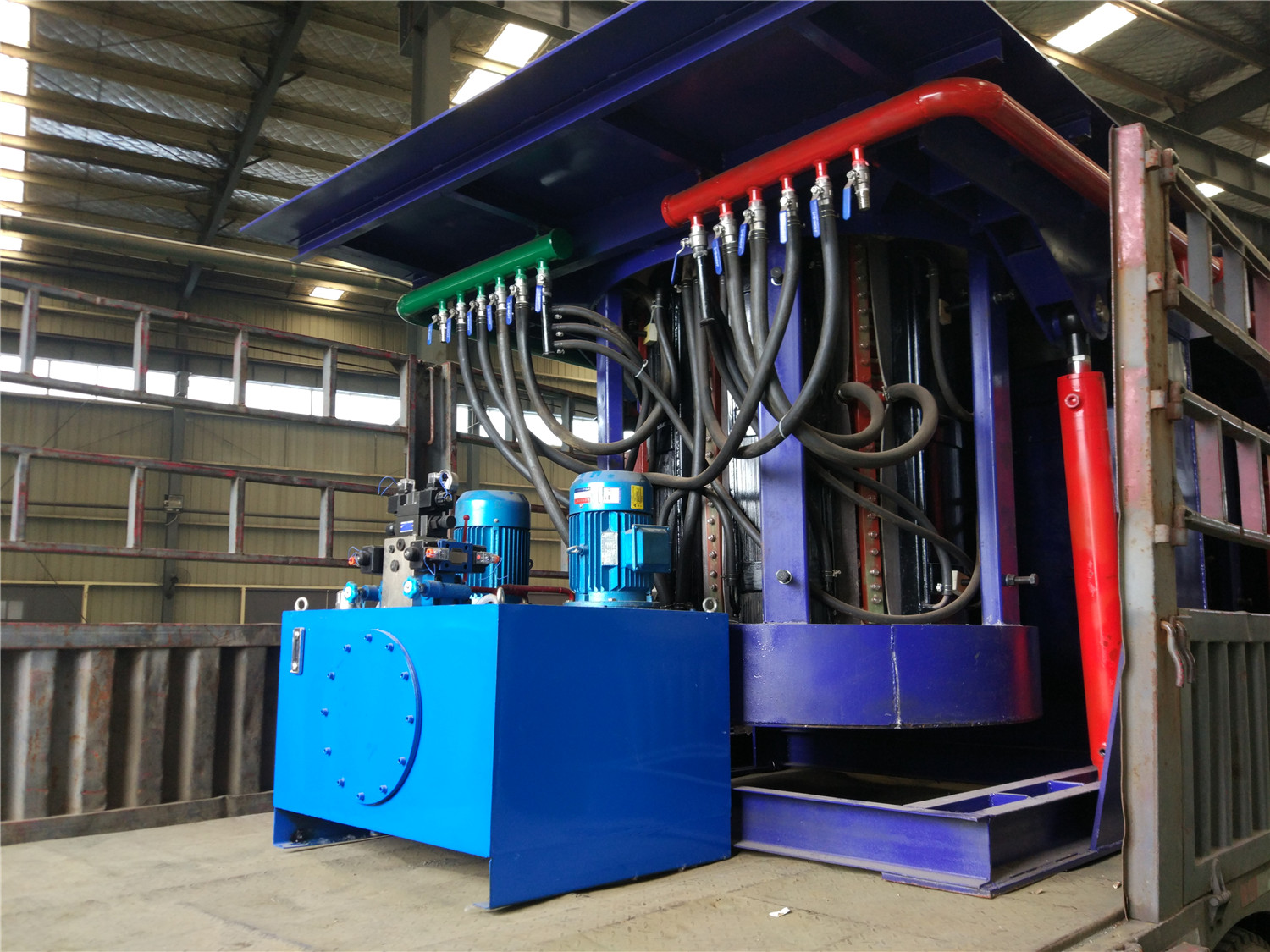
Induction iron furnace
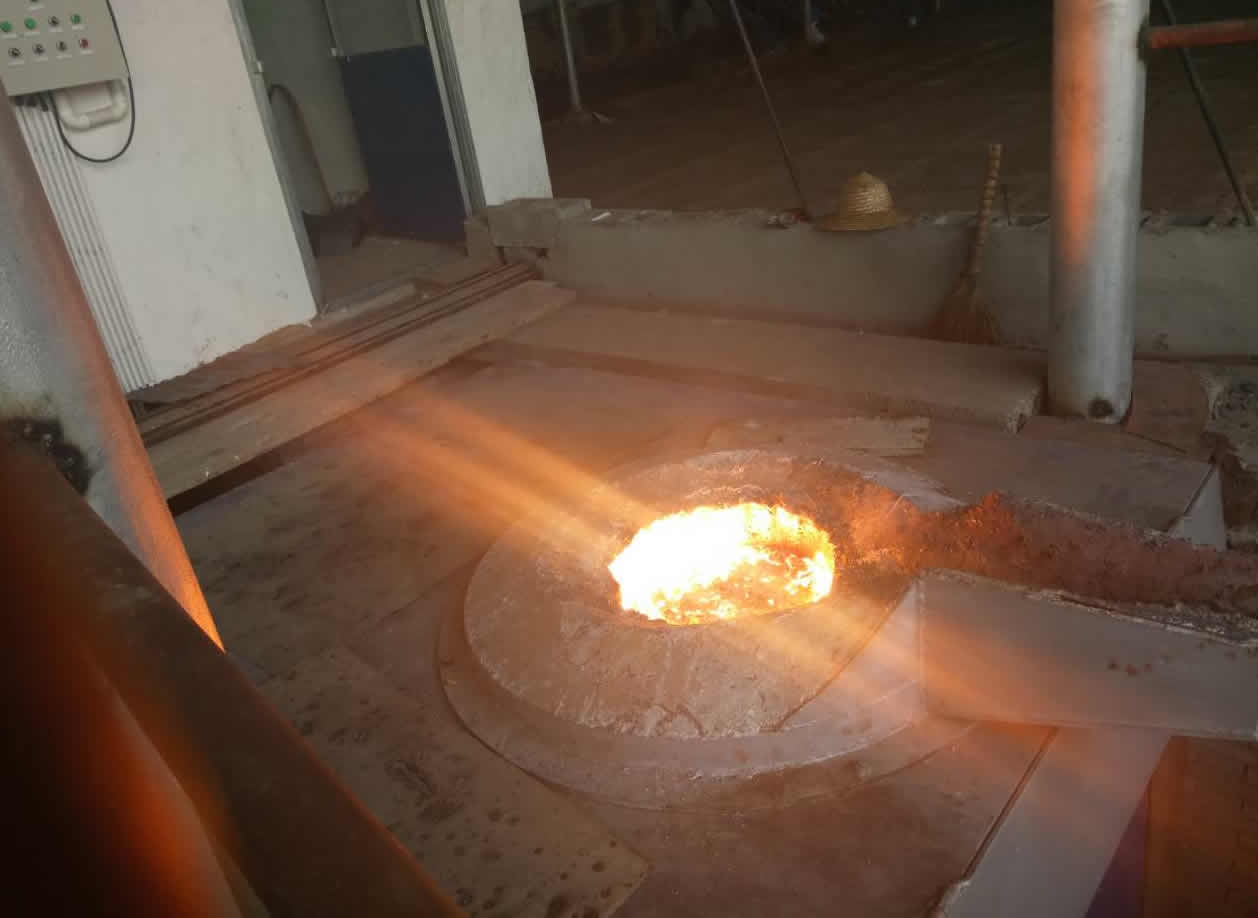
3T intermediate frequency iron melting f
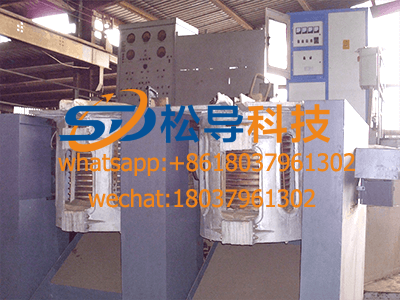
0.25T Intermediate Frequency Furnace
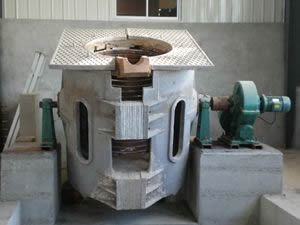
0.5T Intermediate Frequency Furnace
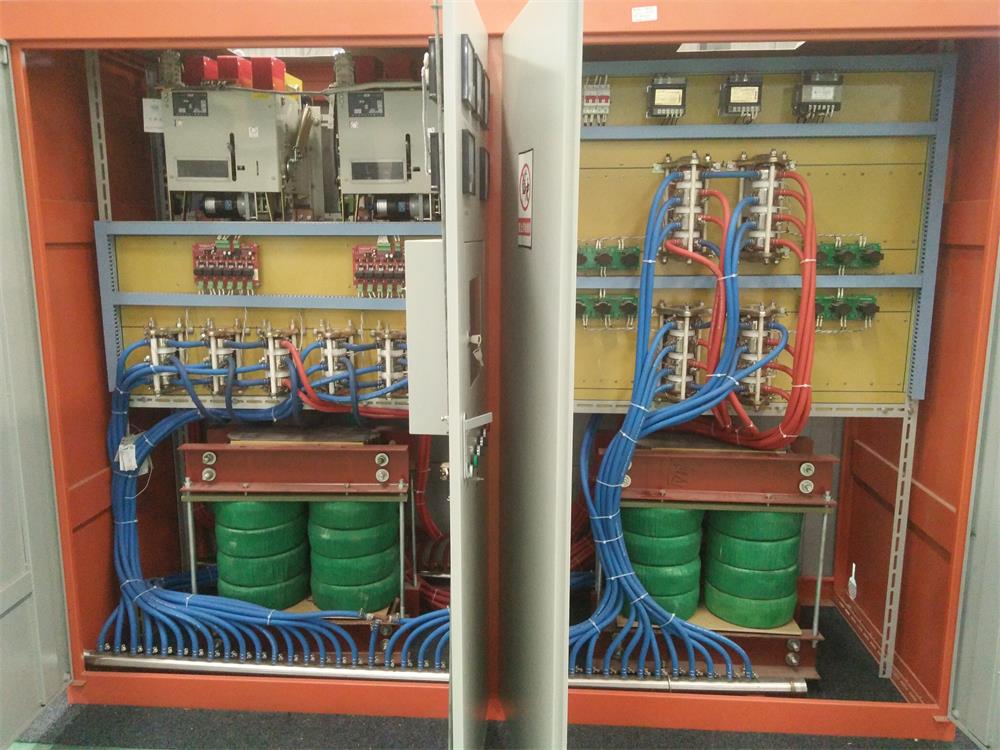
Medium Frequency Furnace

2T Induction Melting Furnace
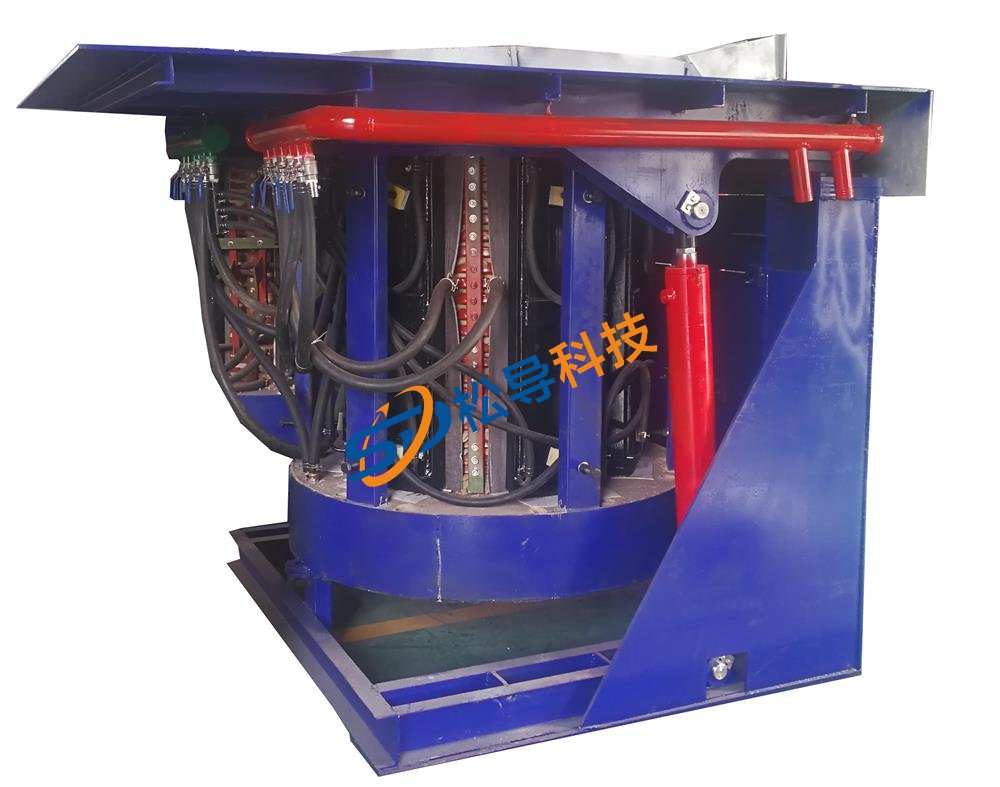
1T Induction Melting Furnace
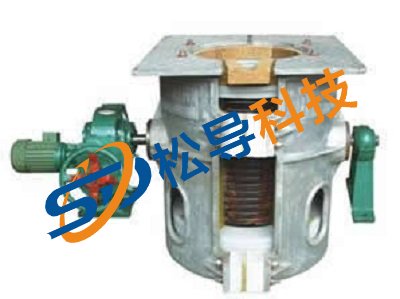
500kg Induction Melting Furnace
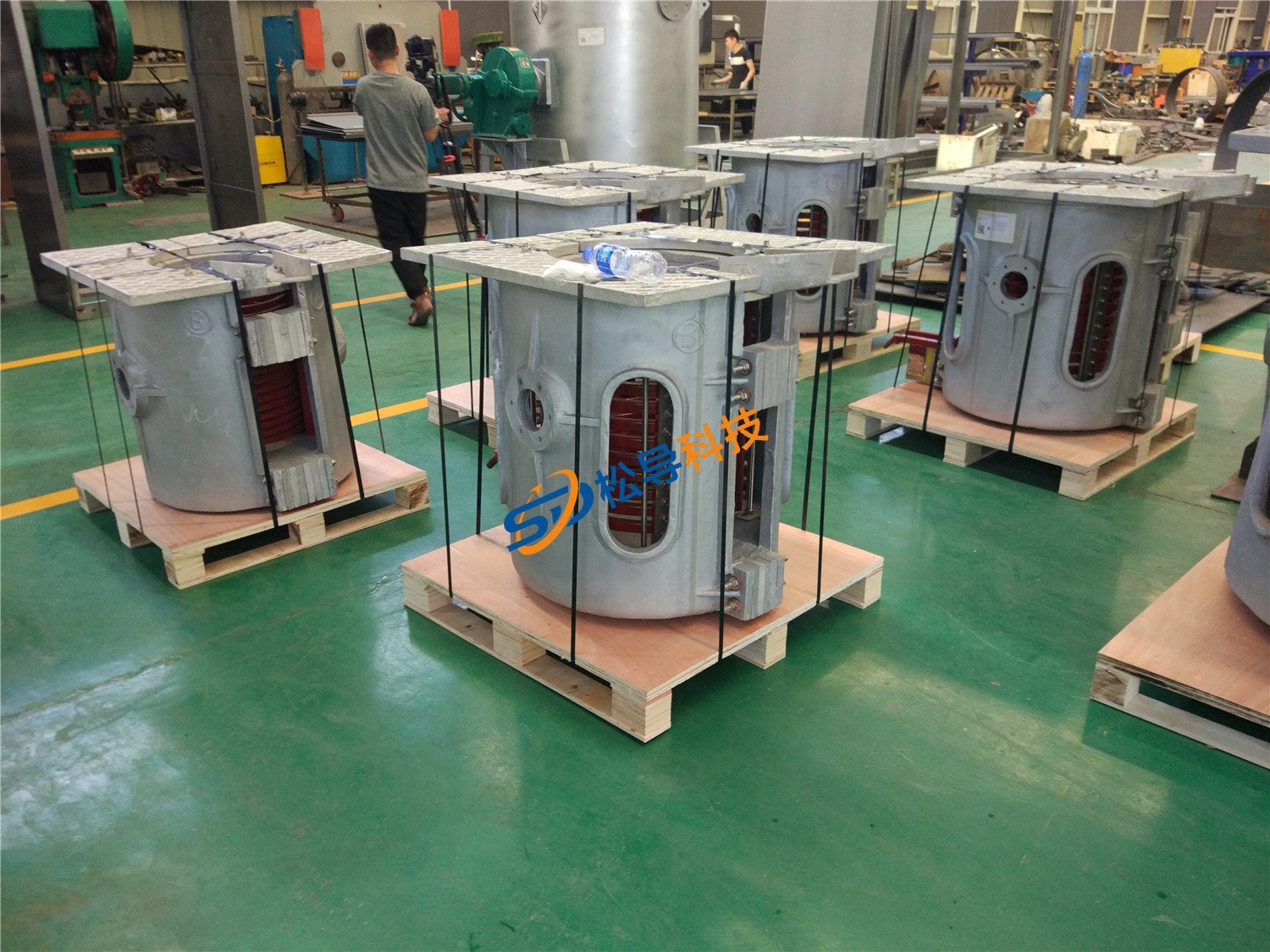
250kg Induction Melting Furnace
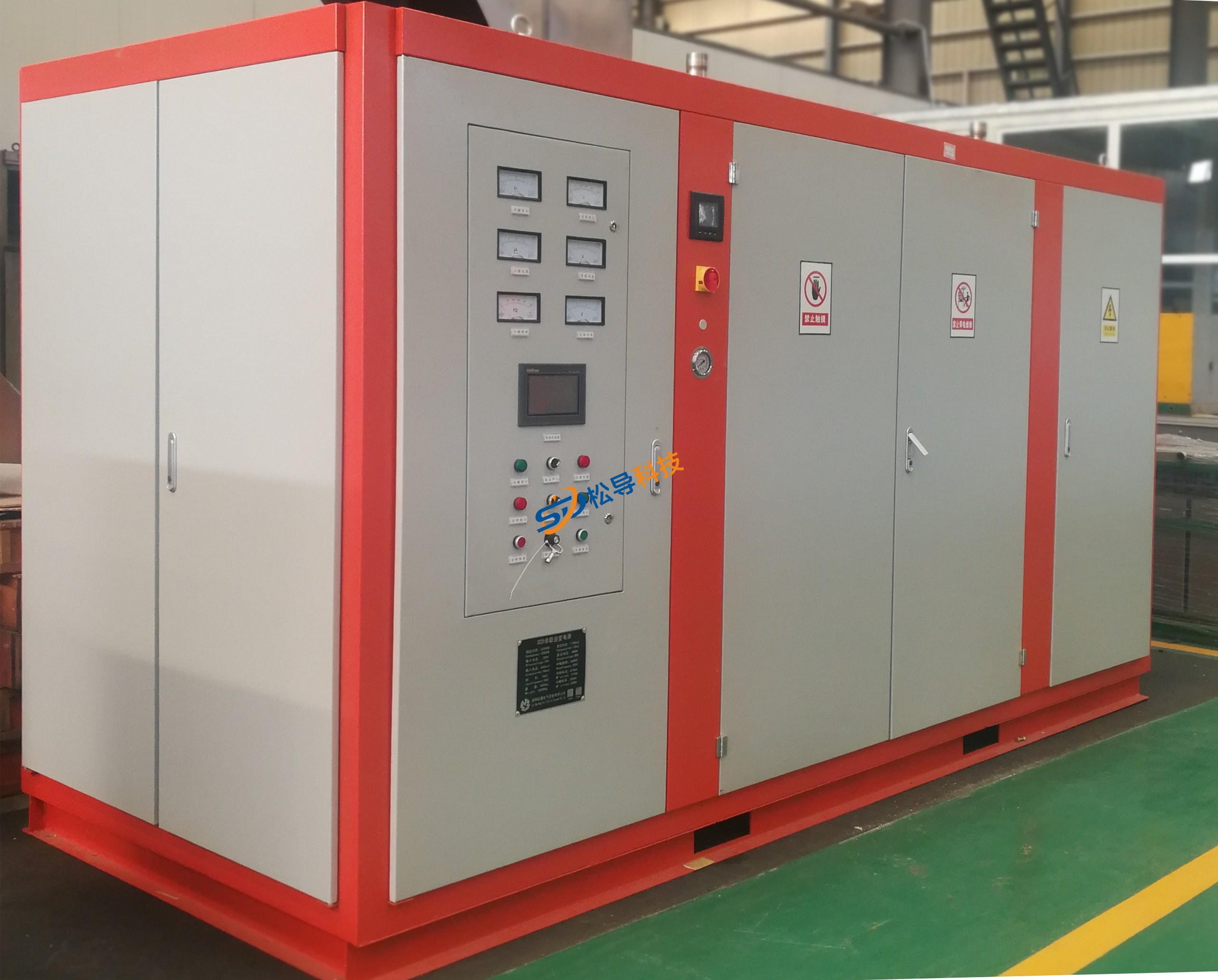
Induction Melting Furnace
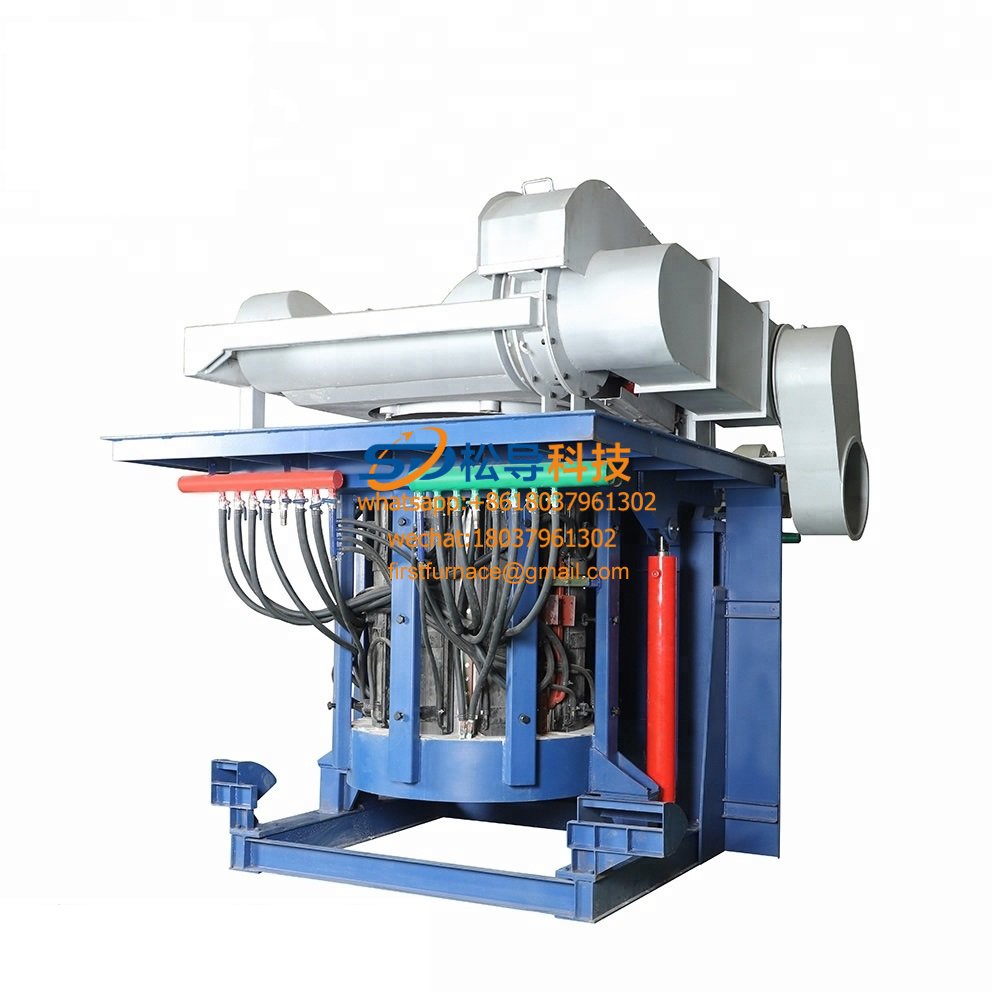
3 T Induction Melting Furnace
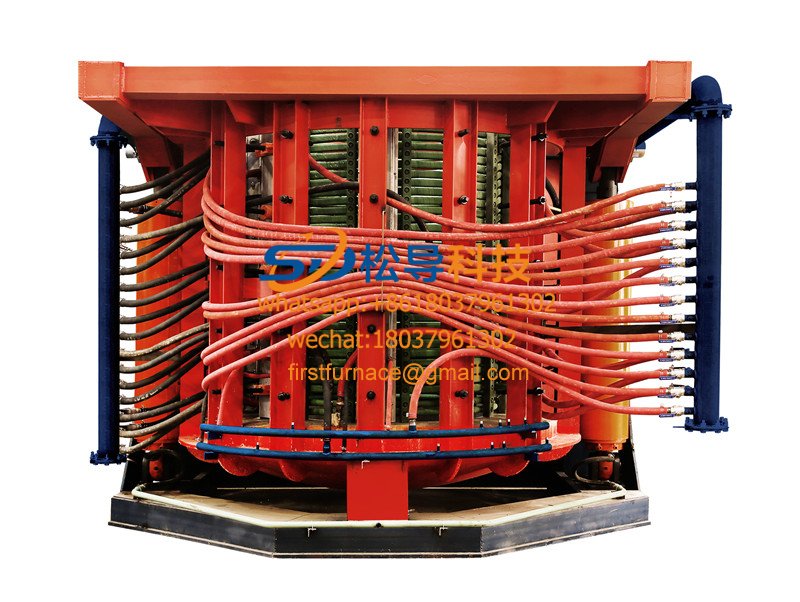
5T Induction Melting Furnace
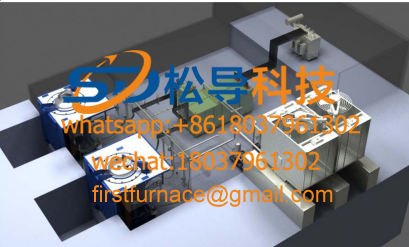
1T One Belt Two Intermediate Frequency F

5T One Belt Two Intermediate Frequency F
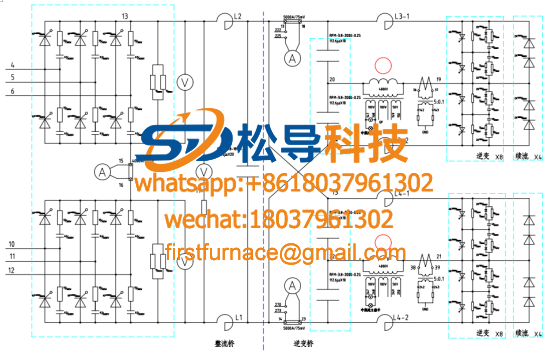
3T One Belt Two Intermediate Frequency F
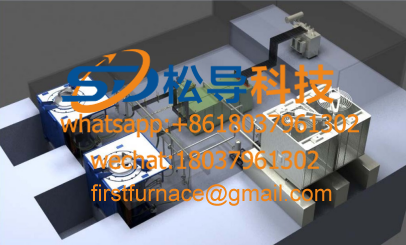
2T One Belt Two Intermediate Frequency F
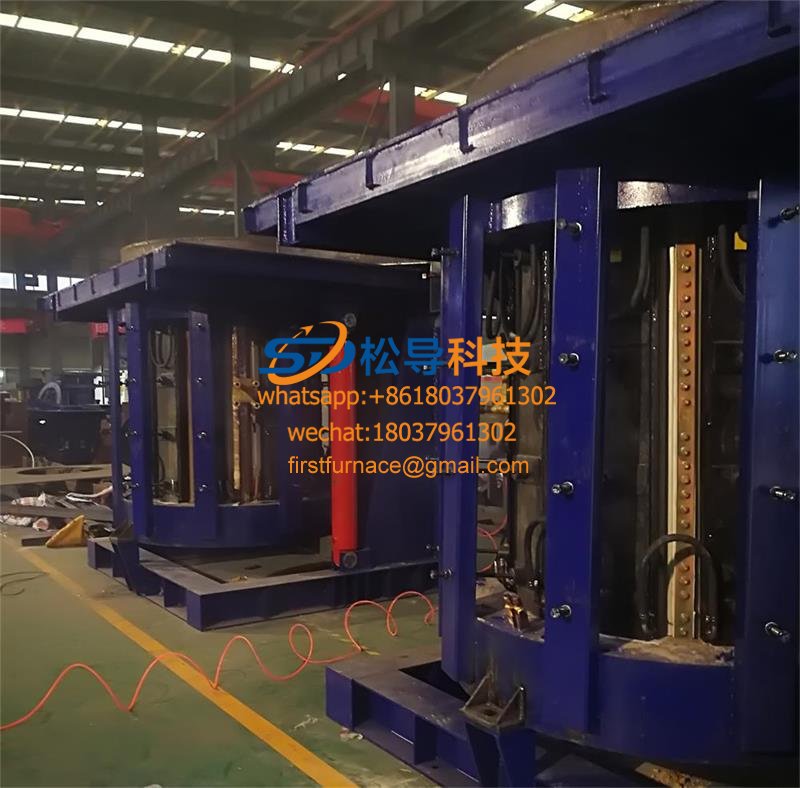
5T Parallel Intermediate Frequency Furna
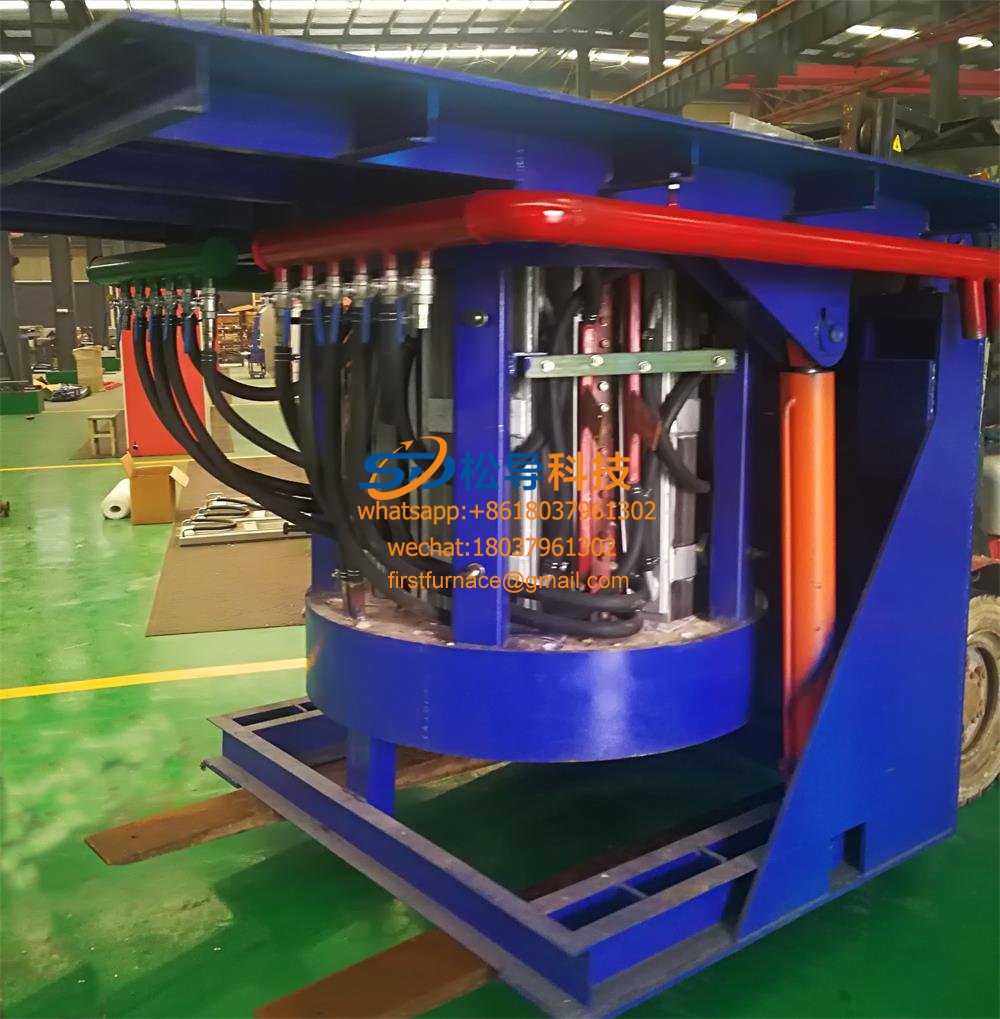
5T Intermediate Frequency Furnace

5T Series Intermediate Frequency Furnace
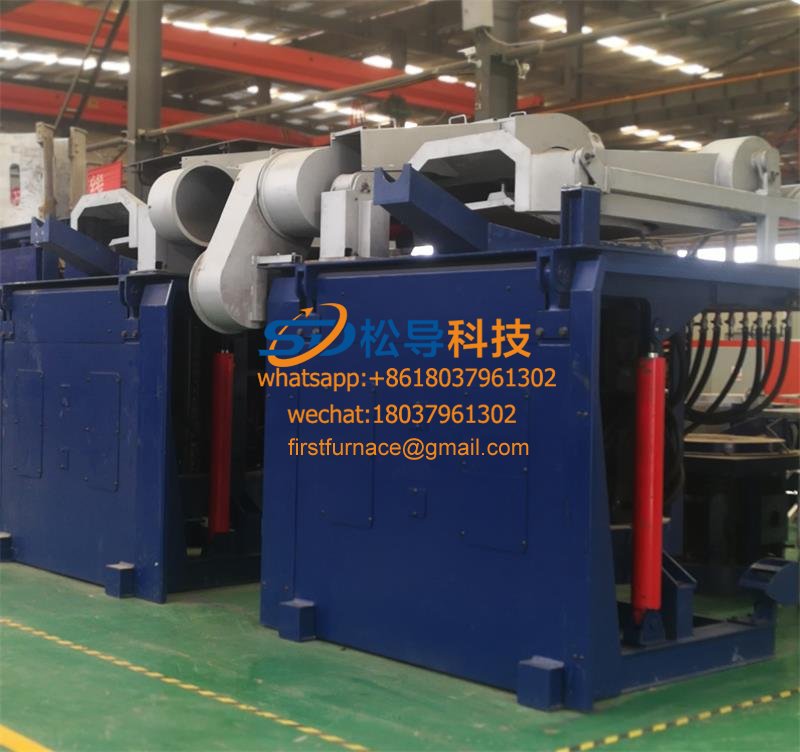
3T Series Intermediate Frequency Furnace
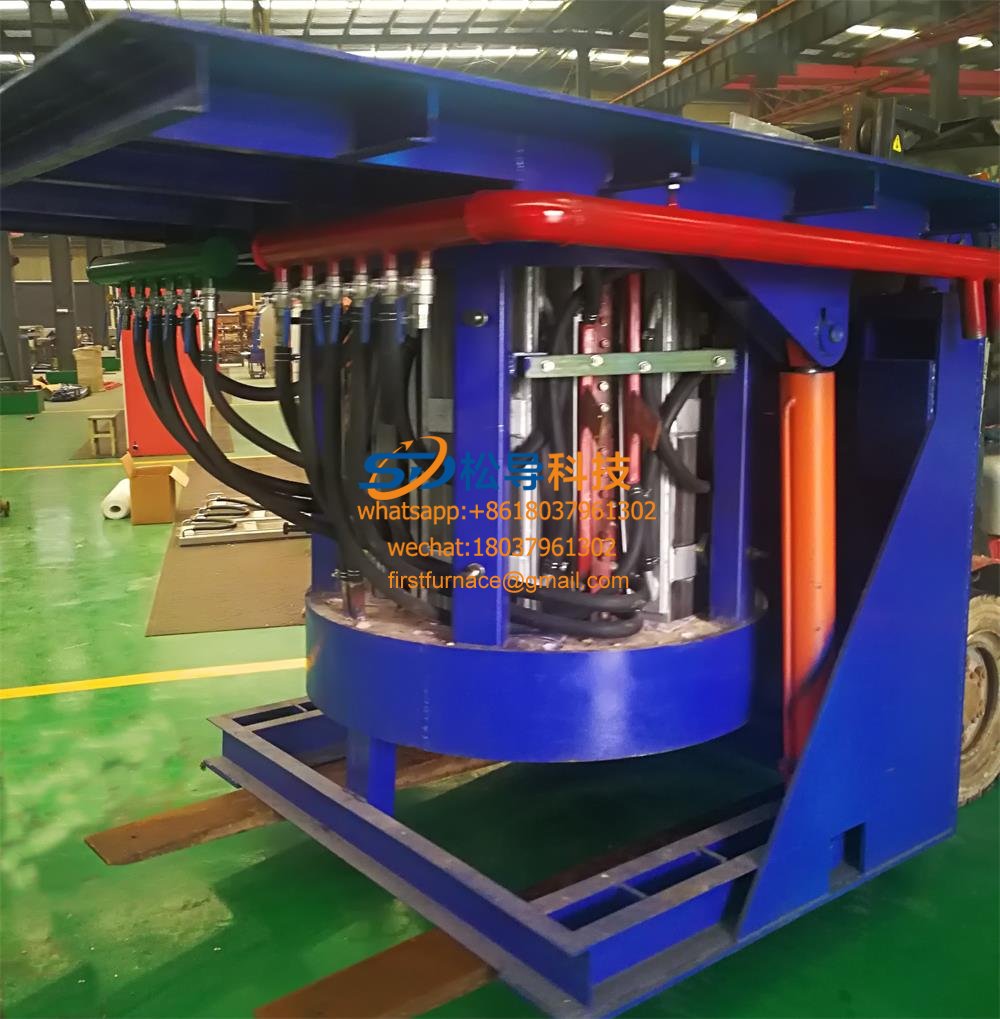
2T Series Intermediate Frequency Furnace
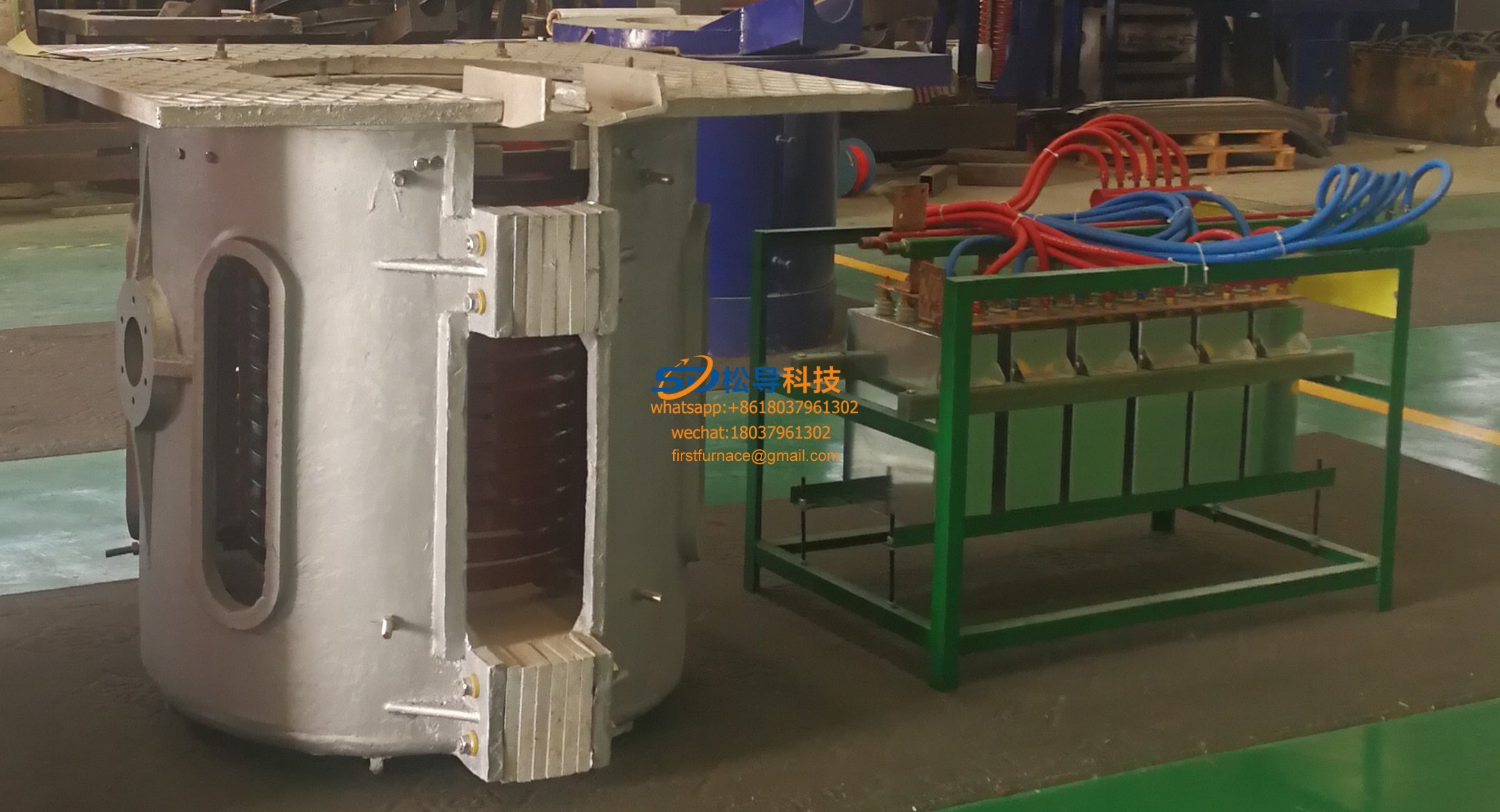
1T Series Intermediate Frequency Furnace
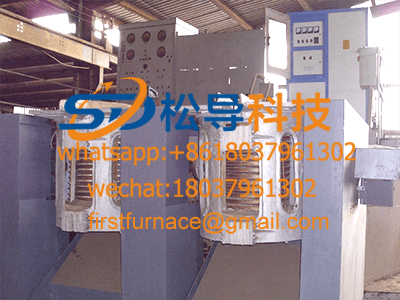
0.5T Series Intermediate Frequency Furna

0.25T Series Intermediate Frequency Furn
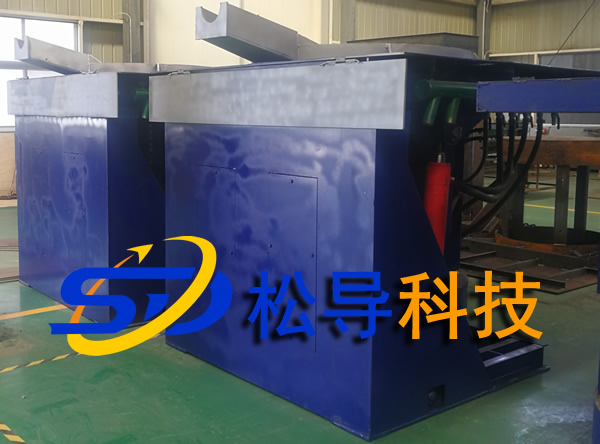
1T Parallel Intermediate Frequency Furna
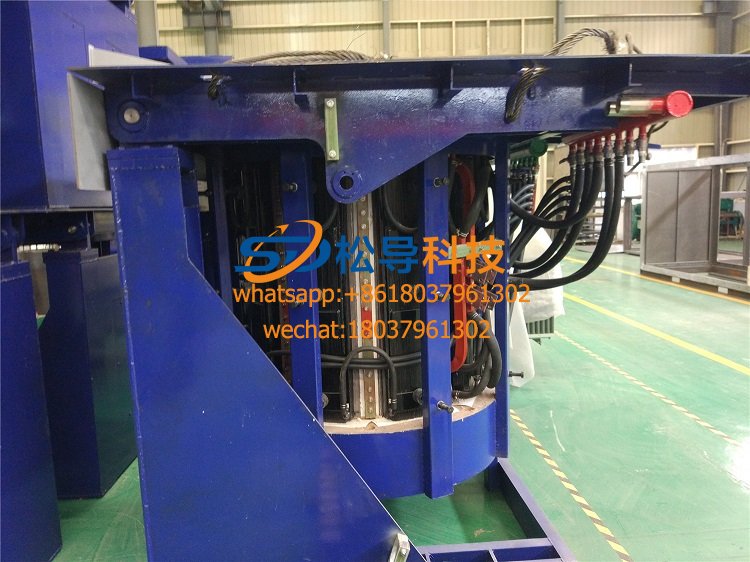
2T Parallel Intermediate Frequency Furna
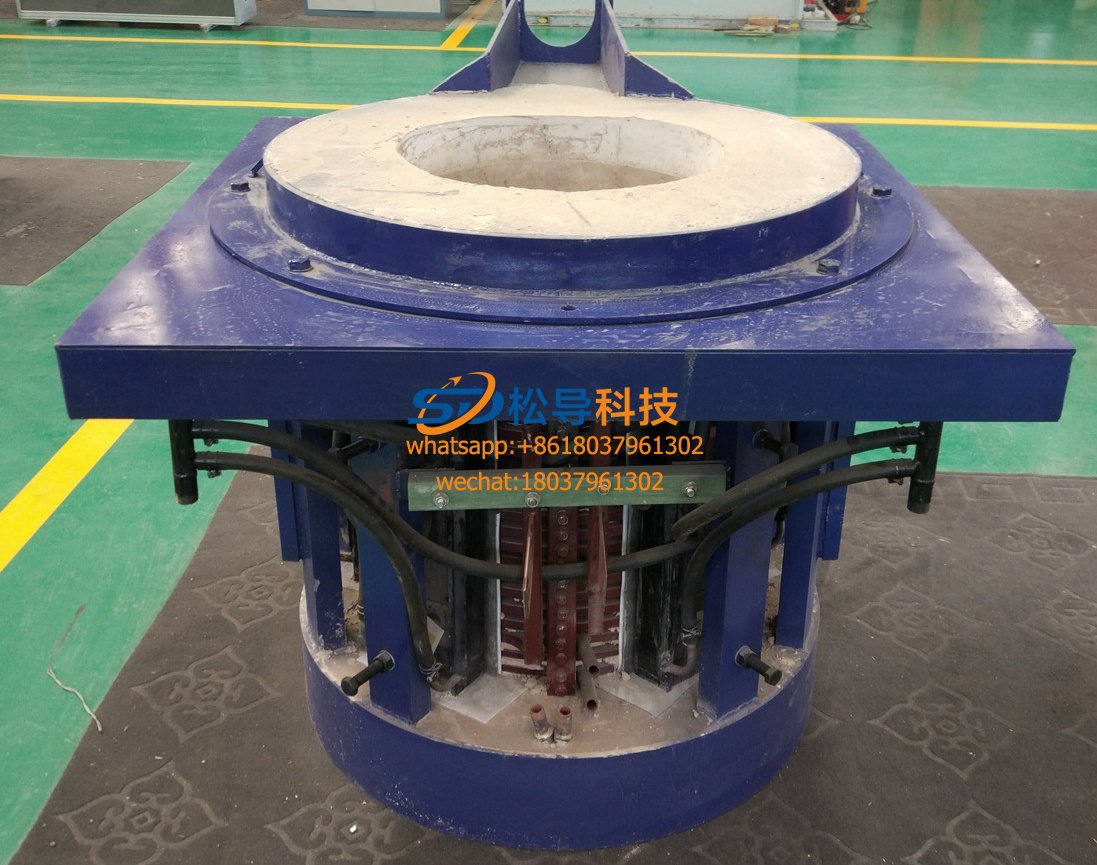
0.5T Parallel Intermediate Frequency Fur






